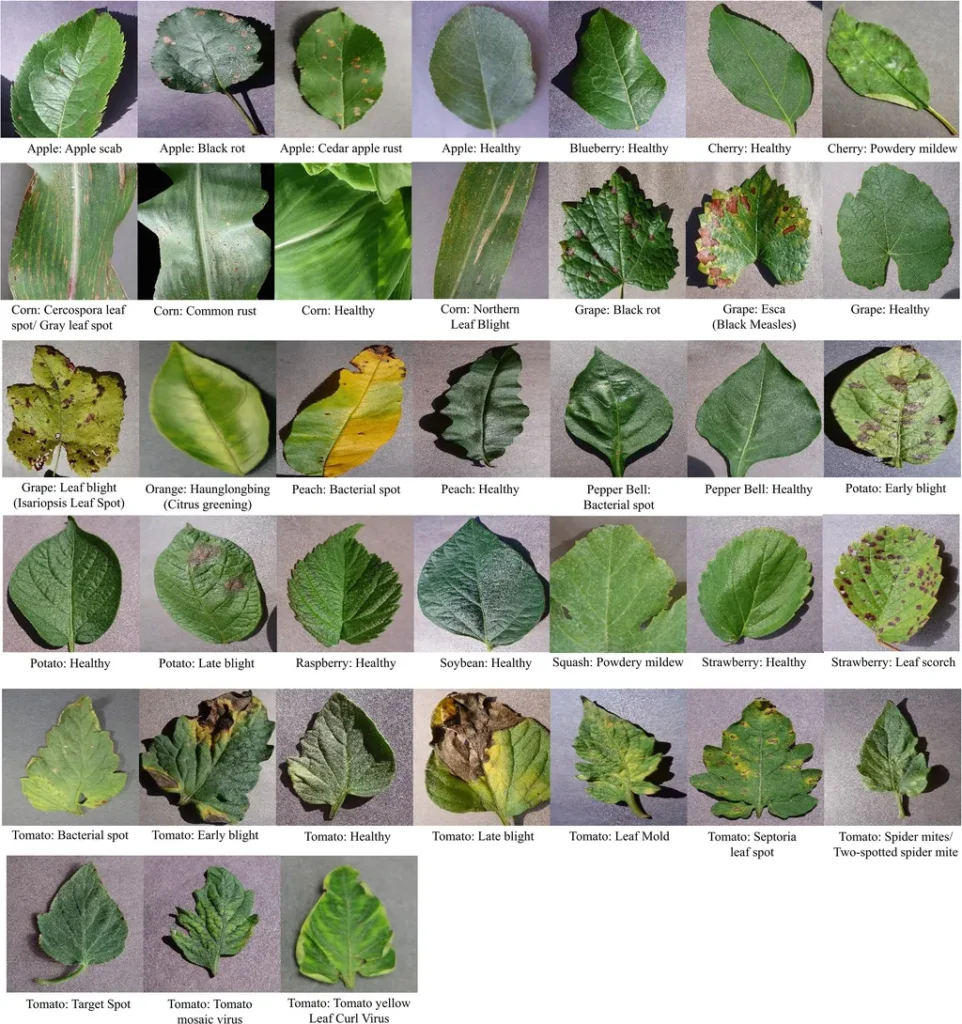In the heart of India, a groundbreaking development is taking root, promising to revolutionize the way we approach plant disease detection and, by extension, sustainable agriculture. Pawan Kumar Verma, a researcher from the Department of Computer Science & Engineering at Sharda University in Greater Noida, has introduced a novel hybrid model called ViTCon that combines the strengths of Convolutional Neural Networks (CNNs) and Vision Transformers (ViTs) to enhance the accuracy of plant leaf disease detection.
The agricultural sector has long grappled with the challenge of timely and efficient disease detection, a critical factor in preventing crop contamination and reducing dependency on chemical treatments. Traditional CNNs, while powerful, often struggle with complex patterns and require large datasets, leading to high computational costs and memory consumption. On the other hand, ViTs excel at capturing long-range dependencies and complex patterns but fall short in capturing local and multiscale features of images, a primary requirement for image classification.
Verma’s ViTCon model bridges these gaps, offering a robust solution that outperforms existing approaches. “The ViTCon approach combines the advantages of CNN and ViT, addressing the limitations of each,” Verma explains. “This hybrid model not only captures complex patterns and long-range dependencies but also excels in local and multiscale feature extraction, making it highly effective for plant leaf disease classification.”
The experimental results speak for themselves. ViTCon achieved an impressive accuracy of 99.19% for corn, 99.46% for wheat, and 99.24% for rice in binary classification. For crop-wise multiclass classification, the accuracy was equally remarkable: 99.20% for corn, 99.46% for wheat, and 99.28% for rice, with an overall average accuracy of 99.56%. These results, evaluated on publicly available datasets of corn, rice, and wheat, underscore the potential of ViTCon in transforming agricultural practices.
The implications of this research are far-reaching. By enabling more accurate and efficient disease detection, ViTCon can help farmers make informed decisions, reduce crop losses, and promote sustainable agriculture. “This technology has the potential to shape the future of agriculture,” Verma says. “It can be integrated into precision farming systems, enabling real-time monitoring and early intervention, which is crucial for maintaining crop health and ensuring food security.”
The commercial impacts for the energy sector are also significant. Sustainable agriculture practices reduce the environmental footprint of farming, contributing to a cleaner and more sustainable energy future. By minimizing the use of chemical treatments and reducing crop losses, ViTCon can help lower the carbon footprint of agricultural activities, aligning with global efforts to combat climate change.
Published in the journal “Cogent Food & Agriculture” (which translates to “Thoughtful Food & Agriculture”), this research marks a significant step forward in the field of agricultural technology. As we look to the future, the ViTCon model holds promise for further advancements, potentially extending its application to other areas of plant health monitoring and beyond.
In a world where technology and agriculture intersect, Verma’s work stands as a testament to the power of innovation in driving sustainable development. The ViTCon model is not just a tool for disease detection; it is a beacon of hope for a more efficient, sustainable, and resilient agricultural future.

